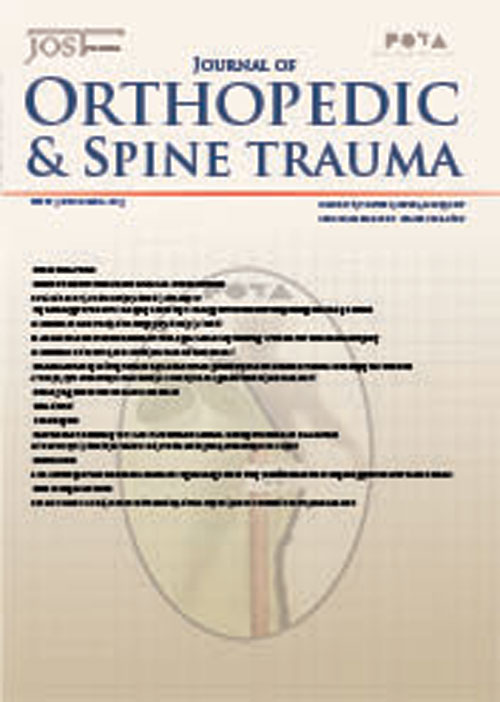Outcomes of Primary Ilizarov Ring Fixator for Segmental Tibial Fracture with Compromised Skin: A Prospective Study
Tibial diaphyseal fracture is the most commonly encountered fracture in orthopedic practice. There are various methods to treat the same, ranging from conservative to operative treatment. The operative methods include internal fixation using nailing and plating and external fixation using fixator/ring fixator. This study aims to evaluate the results of primary treatment of segmental tibial fracture in patients with a compromised skin condition using the Ilizarov fixator and look for complications.
This prospective study was conducted at a tertiary level health care center. It included a series of 40 patients with segmental tibial fractures. Classification of the segmental tibial fractures was done according to Melis et al. The fixator was designed with three fixation blocks and two working length sections. The patients were evaluated for the progression clinically and radiographically at 2-week intervals for the first 2 months and were then followed by 4-week intervals. Results were evaluated according to the Association for the Study and Application of the Methods of Ilizarov (ASAMI) classification.
We treated 40 patients with a segmental tibial fracture with compromised skin using the Ilizarov ring fixator. Patients were followed up after surgery with an average follow-up of 13.8 months. The average union time came out to be 27.6 weeks for the proximal segment and 33.31 weeks for the distal segment. Out of the total patients, 15 (37.5%) patients had pin tract infection, and one (2.7%) patient had nonunion, which later required bone grafting. Bone results of patients at final follow-up as evaluated by ASAMI score were 91.7% excellent, 5.6% good, and 2.7% poor. Functional results of patients at final follow-up as evaluated by ASAMI score were 80.5% excellent, 1.7% good, and 2.8% poor.
In the existing literature, segmental tibial fractures have always been difficult to treat. They are associated with high complication rates due to the lack of surrounding soft tissues. The proximal and distal fragments may be more difficult to treat because of the serious direct injury to the soft tissues overlying the segment and the difficulty stabilizing this bone segment with implants. With the use of Ilizarov technique, there is a good mean time to union, a low rate of reoperations, and good functional and general health-status outcome.
- حق عضویت دریافتی صرف حمایت از نشریات عضو و نگهداری، تکمیل و توسعه مگیران میشود.
- پرداخت حق اشتراک و دانلود مقالات اجازه بازنشر آن در سایر رسانههای چاپی و دیجیتال را به کاربر نمیدهد.


